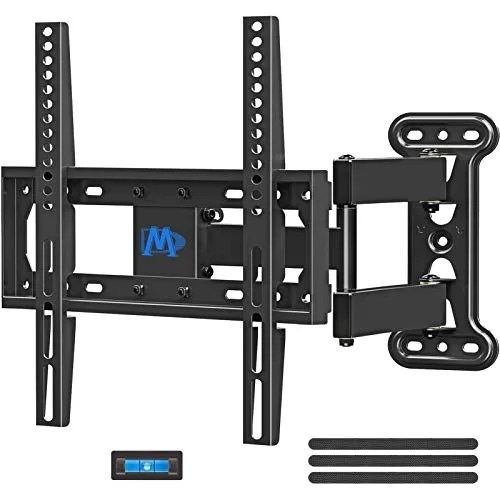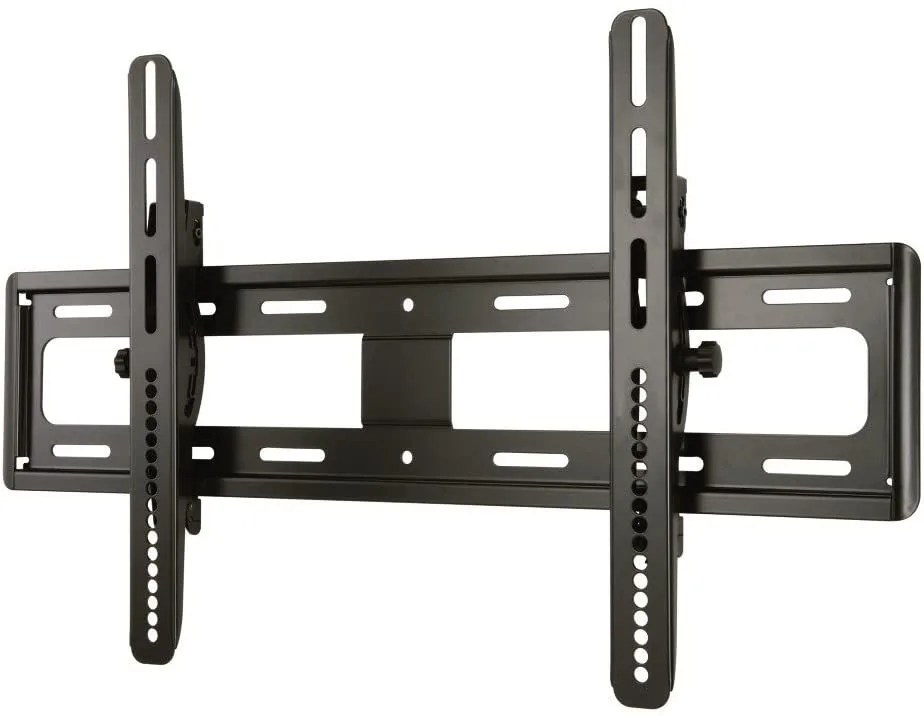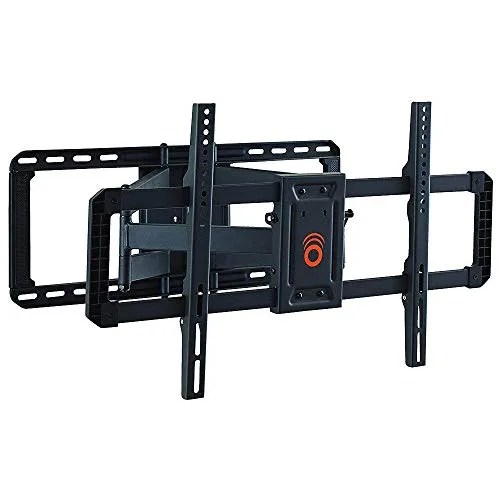Mounting a TV isn’t as simple as punching a few holes in the wall, pulling the power cables through and plugging the whole ensemble into an electric outlet (which, for starters, is technically against code, as the power cables and components on the backs of TVs aren’t rated for in-wall use). Beyond that, mounting a TV also depends on the size of the TV, the dimensions of the room, what kind of aesthetic the homeowner wants and how he/she is planning to watch TV. In other words, it’s complicated, and it’s different for every TV and every viewer.
So to be completely sure you’re fully prepped to mount your TV, we asked John Manouel, VP and sales manager at Honest Install, a residential and commercial TV installation company from the Dallas and Fort Worth area, for guidance.
Consider size, weight and how the TV will be viewed. The first thing to factor in is the size of the TV. This is important because you need to be sure that the brackets you buy will be able to hold the size and weight of the TV. Once that’s determined (and double-checked), then consider how you’re going to watch the TV. If the TV will be in a fixed location on the wall, you’ll want tilt (also called fixed) brackets. They hang the TV on the wall like a painting. If you want the TV to articulate out from the wall, which allows for multiple viewing angles, opt for full-motion brackets.
Plan the location of the components. The next main thing to consider is what will sit next to the TV. Most people have a cable box — either AT&T, DirecTV, or Verizon — and a Blu-ray player or Apple TV. Some of these components are small enough to strap to the back of the TV, like a Chromecast. But for larger components, you’re going to have to find a place to put them. Most people have a media credenza or a media center right below the TV, but that isn’t an option if the TV will be mounted over a fireplace. So, have a wiring plan long before that TV is up on the wall.
Wires or no wires? For people who don’t want to tackle in-wall wire concealment, Manouel suggested cable raceways, which are conduits that stick to the wall and channel wires. They can also be painted to match your walls. “It’s kind of a quick and dirty way of concealing the cables,” Manouel said. These raceway conduits are great at hiding wires for mounted soundbars as well. If you have a receiver and 5.1 surround sound system spread around the room, in-wall wire concealment can be tricky. For that, Manouel suggests having an installer come out to take a look at it. They’ll tell you if the project requires significant wall surgery.
“Our cardinal rule is that you should really be able to hang on to the bracket before you put a TV on it,” Manouel said. “And do pull ups.”





